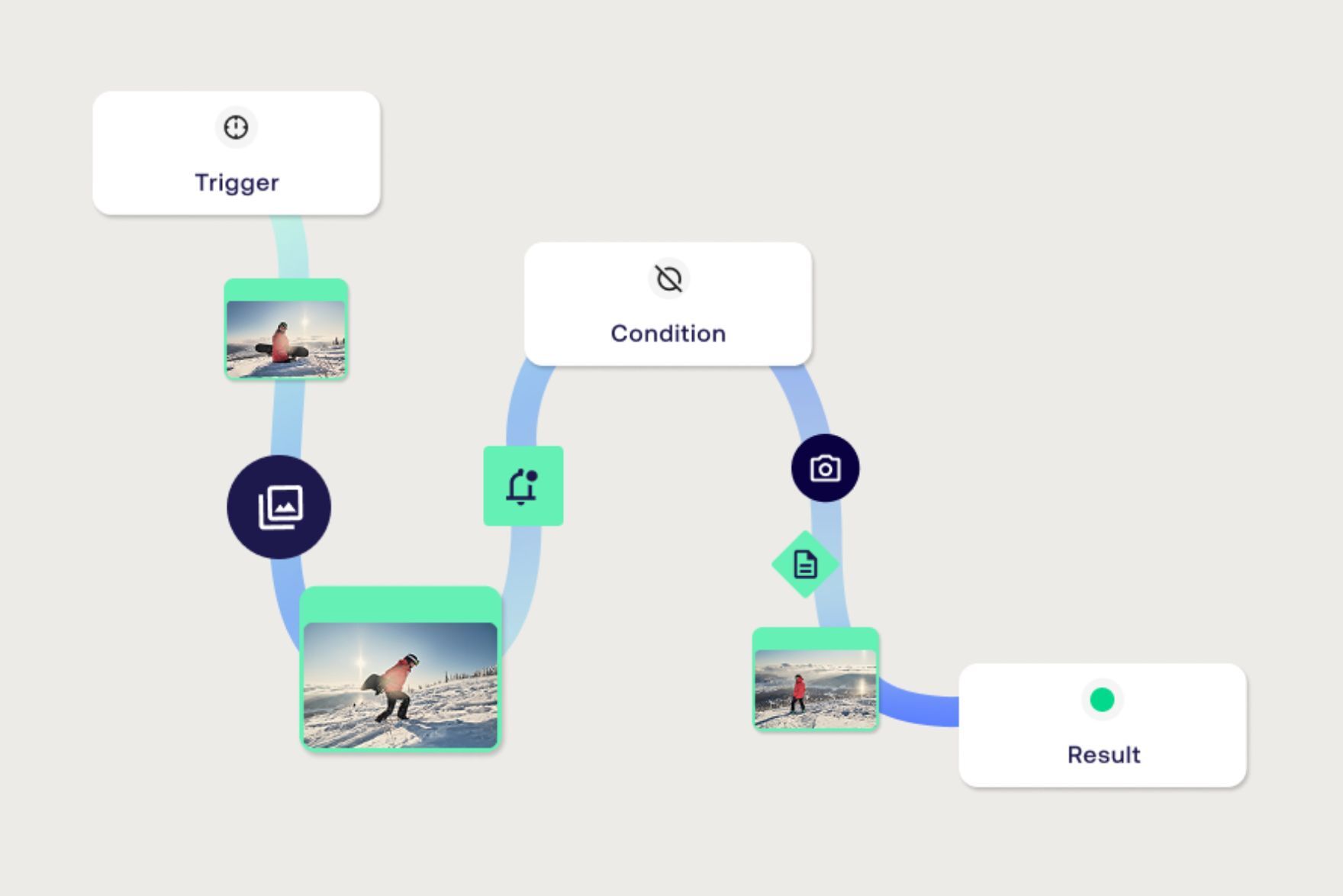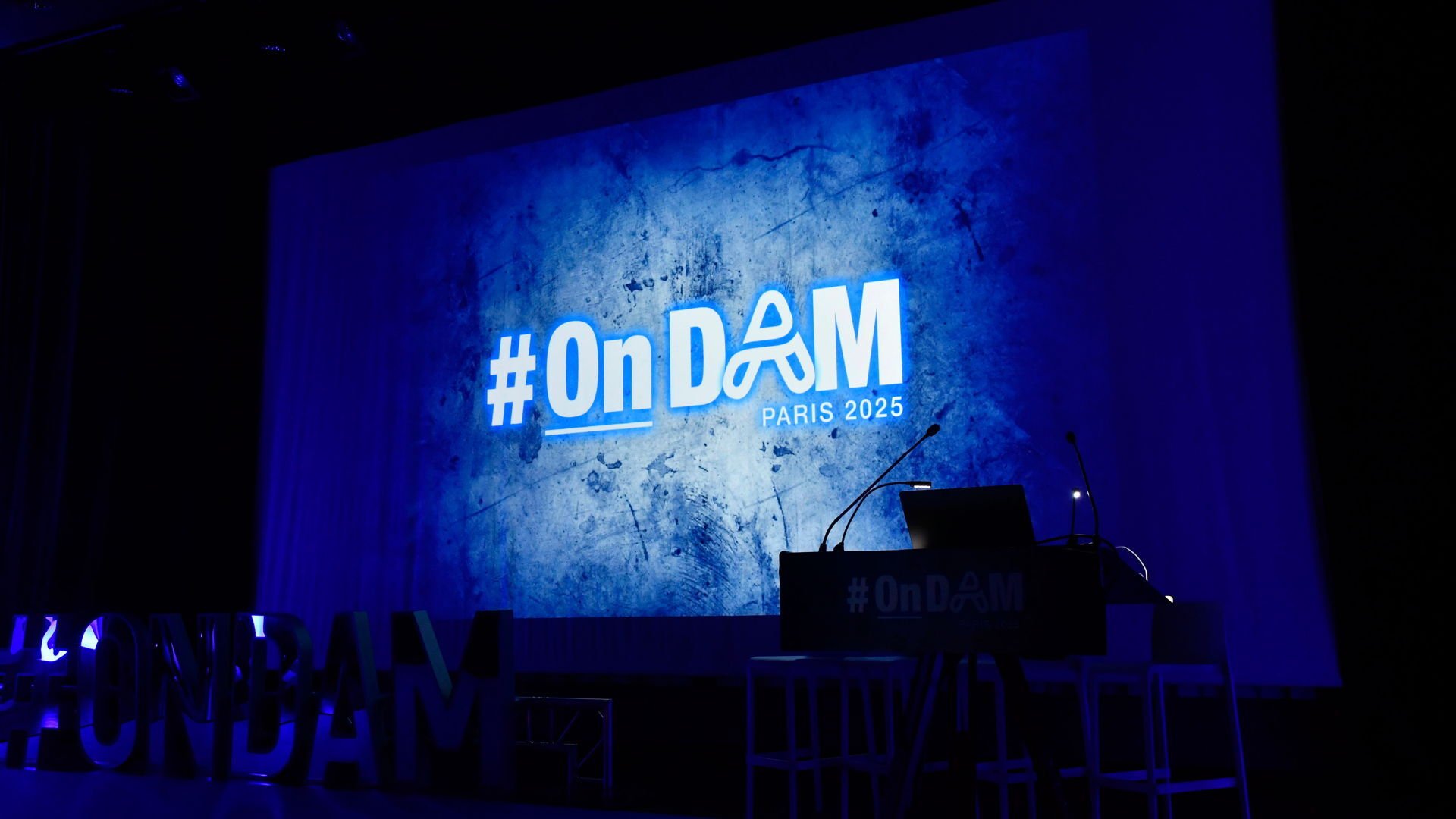
The today and tomorrow of DAM
Digital Asset Management (DAM) is a central part of the digital transformation across industries. From being practical image banks, DAM solutions have evolved into interconnected content orchestration hubs and will continue to play a key role in the digital landscape from years to come.

Every year, Business Reporter hosts a comprehensive campaign including key articles from and for industry leaders. This time, the topic is on Digital Transformation, featuring insights from CCO at Fotoware, Radmila Stoltz.
The article explains how DAM solutions fit into tomorrow's digital ecosystems, highlighting their evolving capabilities, including master data management, custom automation, and seamless content distribution. Here, she explains how the future of DAM is fully integrated, enabling organizations across industries to solve their most pressing problems, while continuously improving efficiency and brand control.
The evolution of DAM
In recent years, DAMs have moved from being simple image banks to enterprise-wide, content orchestration hubs. Increasingly, they offer ways of coping with the challenge of the ever increasing amount of content and data, which is amplified by Generative AI, at a pace that was never imagined before.
Modern businesses can no longer afford to see DAM as a standalone tool reserved for creative or marketing teams. Instead, DAM has become a strategic foundation that unites departments, facilitates collaboration, and breaks down operational silos.
Read more: Embracing DAM 3.0 for effective content operations
By offering a centralized and structured repository for digital assets, DAM ensures that everyone can access, edit, and distribute content securely and efficiently. This results in streamlined processes, improved data governance, content control, and a drastic decrease in duplicate materials.
Furthermore, a modern DAM is situated at the center of the organization’s content ecosystem, ensuring that all other systems and channels are up to date with their content and data. This means that the value of the DAM extends to other platforms, elevating the overall performance of the technical ecosystem.

Automation as a key capability
Today, the ambitions for corporate communications are greater than ever, resulting in massive amounts of graphics, images, videos, and other files being produced, published and revoked on a regular basis. Ensuring that the content presented is relevant, up to date, approved, and in accordance with regulatory guidelines, becomes increasingly time-consuming if such processes are relying to a large degree on manual work.
This is where automation within DAM systems has become indispensable. By automating repetitive, time-consuming tasks such as tagging, access management, and content distribution, DAM solutions empower teams to keep up with mounting demands while maintaining control over content quality and data governance. Automation isn’t just a helpful tool, but rather, it’s what enables organizations to move quickly and confidently in a fast-paced environment.
No matter the industry, teams are increasingly relying on DAM automation to ensure that assets are always ready for use and publication across channels. Workflows that once depended on manual intervention are now being optimized for speed and accuracy, helping businesses safeguard brand consistency and minimize human errors. At its core, automation transforms a DAM from a useful repository into an engine for content operations.
Read more: 5 Digital Asset Management workflows that save you time

Next in store for Digital Asset Management
As highlighted in the Business Reporter article, the future of DAM is completely integrated. In the years to come, we’ll see much fewer standalone DAMs, and more solutions that bring out strengths in each other. Examples of such use cases could be a DAM ensuring that visuals are smoothly distributed across different online portals, or keeping track of master data, mapping it with related content items and making sure that people only access the data they need.
We also expect DAM to play a central role in ensuring processes for Content Authenticity, as well as efficient marking and tracking of AI-generated content. This is an area where DAMs are already particularly useful, by enabling advanced content tracking and metadata management, but will require even more complex automations in the years to come.
Lastly, we want to emphasize that moving further into the digital era, we consider DAM as an operational tool, more so than a static content library. While the latter will always be of importance, the core function of DAM will be centered around ensuring content control, data governance, and streamlined processes – always with a high degree of customization and flexibility, to serve the most unique use cases.
Explore Digital Asset Management platforms
Spend less time searching and more time creating. Digital Asset Management software helps teams manage digital assets from one central hub, empowering team members to do more with their content.

